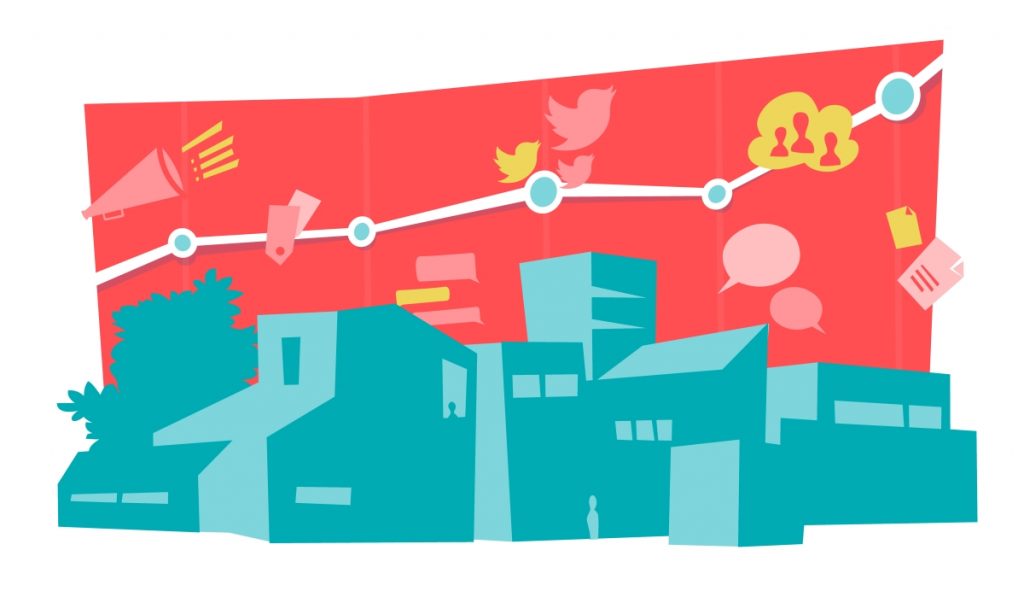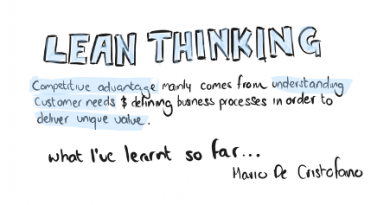CRO is dead. Long live CRO
What is CRO
Conversion Rate Optimisation – that often spoken about but often never truly understood term which is an inextricable part of any websites life cycle. CRO is incredibly important primarily because its the only metric which can be linked directly to ROI. It also helps reduce spend on advertising and ensures you’re being efficient with your existing traffic. Why go after new customers when you can increase conversion to the ones you have?
However, there is another side of CRO, and one I’ve discussed recently as part of my #dollarmarketingdebate is that users are not cattle. They don’t exist purely to be converted and any attitude which aligns to this is primarily wrong in my opinion. CRO should compliment your website and your focus should be first & foremost on making the very best thing you can. Be that a tea cup, box of frogs or consultancy service. Make it the best – the rest will follow.

The Tools in your box
There’s a number of tools I use (and you can too) on a daily basis when looking at CRO. Some are eye-wateringly expensive and truth is you’re only going to access some of these if you’re part of a big business & you’re not footing the bill yourself! A lot however are low-cost and readily available. Heatmaps (like the ones Hotjar does – which also include scroll maps and click maps) are useful when you combine them with analytics. Analytics (from Google for example) can be great, but often give you a out-of-context number based data which often needs linking back to something behavioural, such as Qubit. The point here is you can’t rely on one tool, and you need to constantly measure & test otherwise the data becomes useless overnight.
A quick look into my every day tools includes;
- Google Suite (I use Analytics for raw data gathering) and recently Optimise as an alternative to Qubit for A|B and multivariant testing
- Google Ads with Google Web Designer – for programmatic ads served after the insight has been gleaned from the tools above
- Hotjar – For all my heat/click and scroll map needs. I also find the user recording invaluable for tracking UJ throughout sites.
- Screaming Frog – Excellent low-cost tool, I run it against sites to analysis links, site structure, in and outbound links, dupe content, META data, the whole nine yards. This tool us is useful when you’re making site changes & want to ensure you’re not fudging things in Google.
- Buzz Sumo, one of the three tools I use for keyword research and content analysis. I would use this with
- Moz – pretty much everything they do, I use to help with SEO
- SemRush, I use this to repeat a lot of work done in Buzz Sumo, and compare the results.
There’s probably nothing you can’t do with the tools above.

Before you start, stop!
You need to bare in mind when it comes to understanding what your users are doing, you need to watch. That analysis takes time and you need to be patient here. Spending appropriate time watching and in effect ‘listening’ to what your users are doing stops you from making assumptions. Gather the data over a period of time from the tools above, pore over them, and then some more and really build up a clear picture. From here you can start not only building up true insight, you can also start drip feeding in the odd test here and there, serve some alternate content, maybe skew a page, test, measure, rinse, repeat. This is a full time job. CRO often won’t give you massive uplift, its gradual, small increments over a long period of time. Often companies dont get this, and think CRO is something you can turn on like a tap. It’s not.
The importance of a good CMS
CRO is an ongoing agile task and you need to have full flexibility with how you design, build, manage and populate your site. You need flexibility to adapt your site easily, as CRO involves constant change. If you can’t do this, the whole thing will get bogged down & believe me 100% when I tell you I’m experiencing this right now with a client. And they are stuck. Stuck massively between a massive rock and a dark cold place. Get a good CMS. Want ideas? Think Kentico, Craft, even WordPress. Invest money and time into your CMS. It’ll pay dividends in the long run.
Exit-intent Technology
EIT is the method of doing ‘something’ just before the visitor leaves in an effort of a last chance to convert them. You have to be careful with the timing of this. Too soon and you create friction and put the customer off. Too late is too little and your customer will be off into the night. Think about predicting why your customers leave, and what you could do to stop them. A classic example is where people ‘trial’ free services but are asked to put their credit card information in ‘just in case’ they want to continue beyond the trial. This is a classic and results in over 80% of people abandoning the transaction. What you could do here is offer a message to assure customers they will not be charged. However what you COULD ALSO do is remove the need for a credit card in the first place. A common sense way of almost guaranteeing increased conversion – think smart & use your instincts as well as all these tools.
Don’t forget the bottom line.
Sales and profit are the key metrics for any business. Its easy to forget this when you’re buried in CRO activity but always link what you are doing with the bottom line and that will keep you honest, true & sailing in a straight line. Remember though, people are not cattle, merely a metric to be converted. Whatever you do, whether you make tea cups, sell boxes of frogs or offer consultancy services – do it the best you can.
Like this article? Tell me what you think on Twitter, (@mariodc) or leave a comment in the box below.




